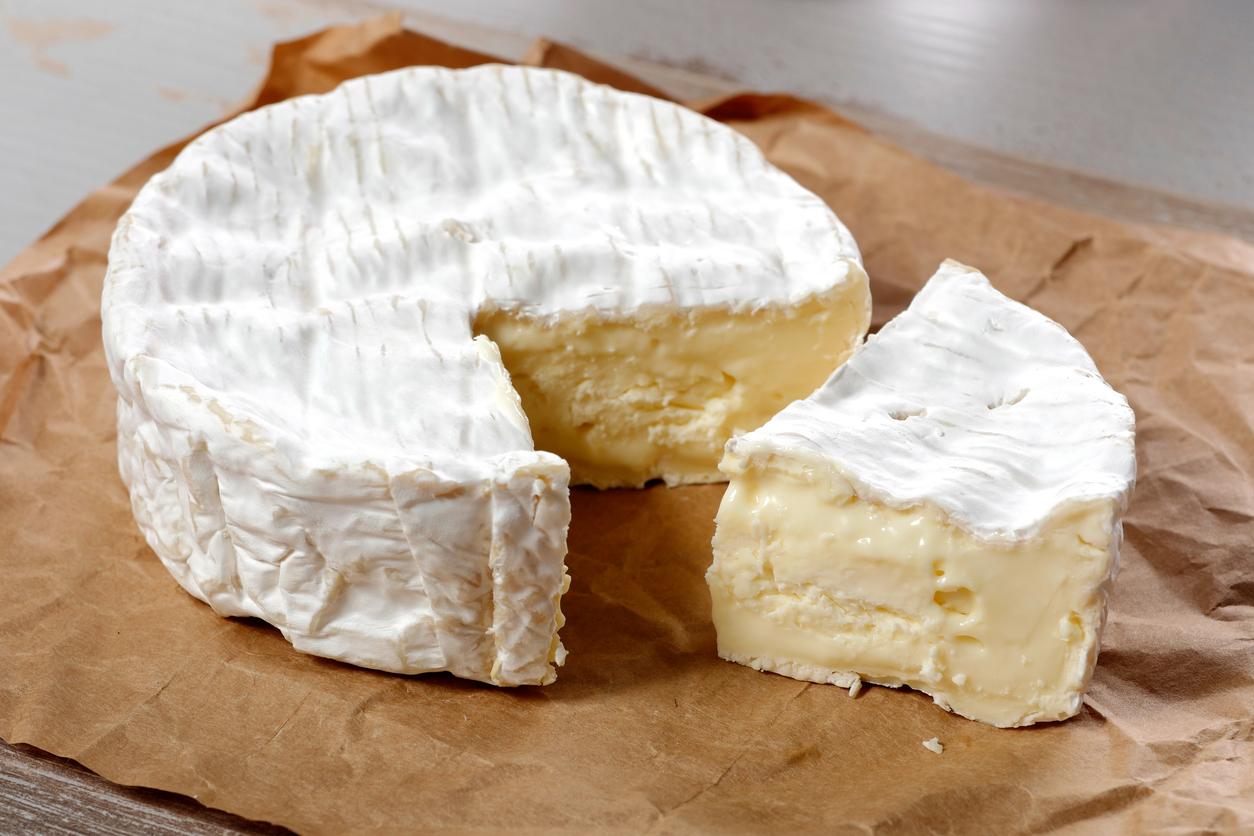Working memory is essential in learning to read arithmetic or to understand instructions. Some fun exercises can improve children’s working memory and help them focus better on learning and finding solutions.

What is working memory for?
While short-term memory allows information to be stored for a few minutes, working memory stores it while performing other tasks. Listening to a series of numbers and then repeating them backwards requires this type of memory.
It is therefore very useful for keeping information ready to use quickly. Working your working memory improves attention and concentration by avoiding distractions. Children use it on a daily basis during their learning in all areas.
How to develop it with your child?
Several exercises can be offered to your child, whether at home or at school:
– take regular breaks by dividing a task into several steps.
– make them repeat the instructions in their head.
– group words or numbers together to help memorize.
– memorize checklists with the steps to follow (put your name, write the date, etc.).
– invent songs to learn a text or a group of words, for example.
– use colors, organize and separate clearly to structure the lesson.
Of course all the exercises do not necessarily correspond to all the children, the idea here is to find what works best according to the tastes and preferences of each one.
Learn more: “100 ideas for developing children’s memory. Exercising working memory: a key to academic success”, by Béatrice Risso, Tom Pousse editions
.















